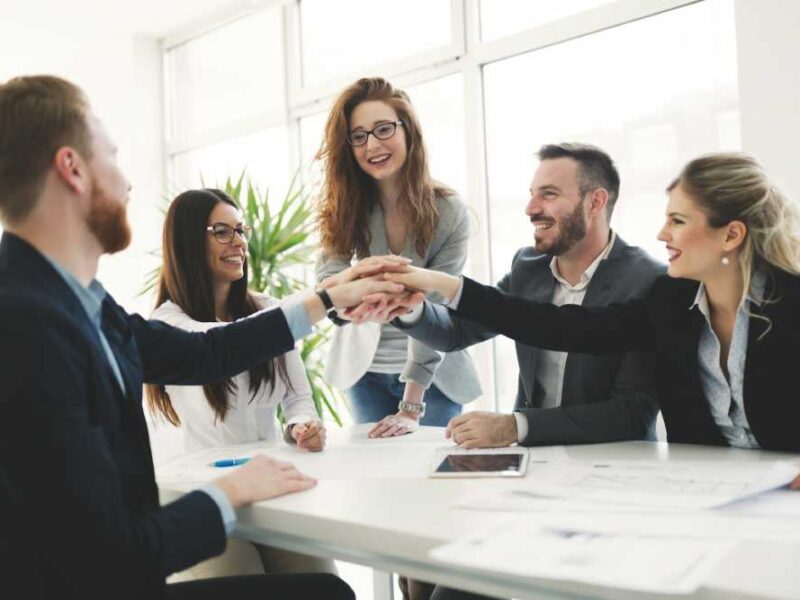Chains, from shells and animal teeth to precious stones, have become essential to human culture and history. Throughout the centuries, they have represented power, wealth, faith, love, and fashion.
Victorians wore heavy gold chain necklaces featuring pendants engraved with emblems and biblical scenes. Fobs with hard stone intaglios etched with significant sayings or motifs were also popular.
Necklaces
Necklaces have been a sought-after accessory for both men and women for centuries. The earliest versions were fashioned from natural shells and animal teeth, but greater complexity could be achieved when metalworking was developed. It allowed necklaces to become a significant part of human culture, a status symbol, and an essential signifier of wealth and social class.
Pendants and beads were added to necklaces from this early point in history. They were a way to exhibit family wealth and served as religious symbols. In medieval times, cross pendants and saints’ relics were worn.
In the Renaissance, necklaces became more elaborate and ornate with metalwork and larger gemstones. During this time, the necklace cemented its role as an expression of love, loyalty, and power. It was especially true of those worn during marriage ceremonies. These were usually a display of the wealth brought to a new wife by her family. They often included pearls and diamonds.
Muff Chains
During the Middle Ages, men and women alike began to wear chains with pendants as emblems of status and power. Royalty would often wear thick gold chains with engraved insignias and badges of office, while the upper class wore elaborately designed gemstone pendants suspended from their chain necklaces.
The muffle chains of the Victorian era were practical and decorative, holding women’s muffs in place. The chains came in various styles, from Chanel-style draped gold to a chunky industrial look that was popular during the Depression.
Today, a pendant necklace is a symbol of style and self-expression. From intricate Celtic designs that signify love and eternity to auspicious symbols of peace and wisdom in Eastern culture, pendants are a way for people to express their unique personalities.
Pendants
A pendant is a piece of jewelry hanging from a necklace, chain, or brooch. These ornaments were initially worn as talismans or good luck charms and may have represented a deity, animal, or religious figure.
Early Greek jewelry is characterized by a refined repertoire of miniature sculptures, including seated and standing maidens (clothed or naked) with animals, ships, and mythological scenes. Embossed medallions of acorns, amphorae, and rosettes alternating with precious stones or vitreous paste also served as pendants for necklaces.
The Art Nouveau movement brought a new emphasis on botanical motifs and other elements of nature, as well as a more sensual and ethereal version of the female form. This period saw the development of complex and intricate designs, some of which looked almost real, such as dragonflies and butterflies. These were often suspended from double chains and adorned with gemstones for a more dramatic look.
Modern Times
In modern times, the necklace chain is an integral part of jewelry. It enhances the quality of jewelry and also improves its visual appeal. A pendant is a small charm or symbol attached to a necklace or chain, such as a good luck charm, a lucky charm, or a commemorative piece.
Some chain styles are not suitable for wearing pendants, such as herringbone chains that can kink or snap with even slight pressure, hollow rope chains that cannot withstand significant weight, and ball chains that might stretch out or break at the previous area where they have been repaired. On the other hand, cable chains, box chains, curb chains, Figaro chains, and wheat (aka Spiga) chains are excellent chain types for pendants as they can withstand the weight of heavier pendants.
The bail, or the loop at the top of a chain, determines the chain width that can be worn with a particular pendant. Choose a bail that is slightly wider than the width of your pendant to allow for some flexibility regarding the width of the chain.



